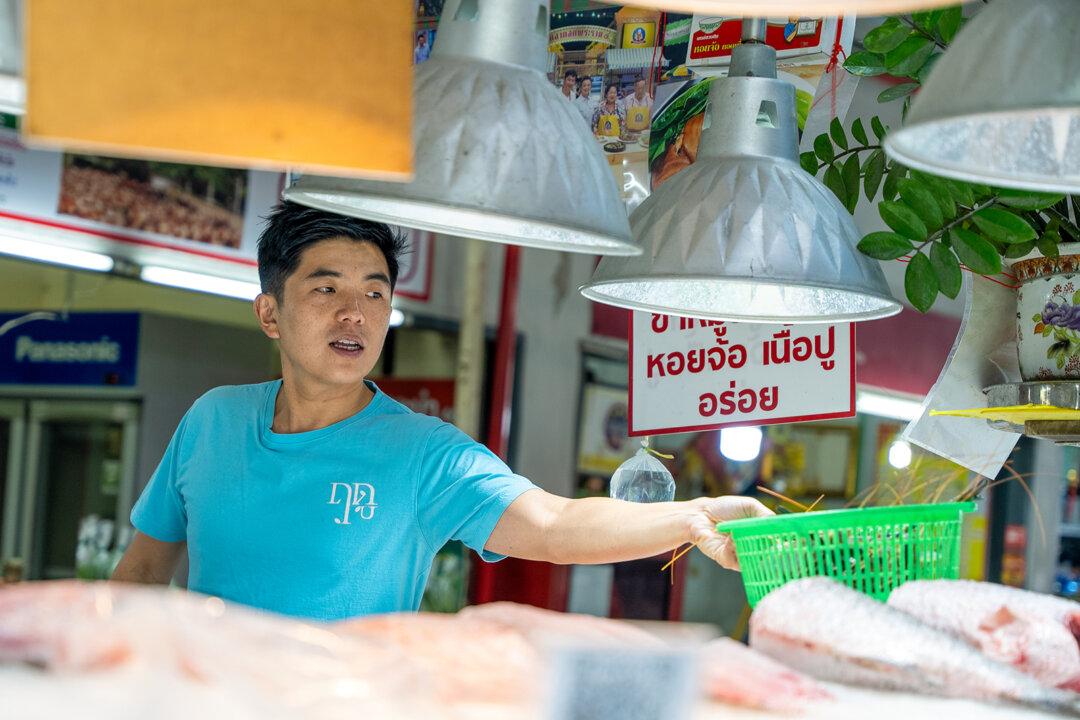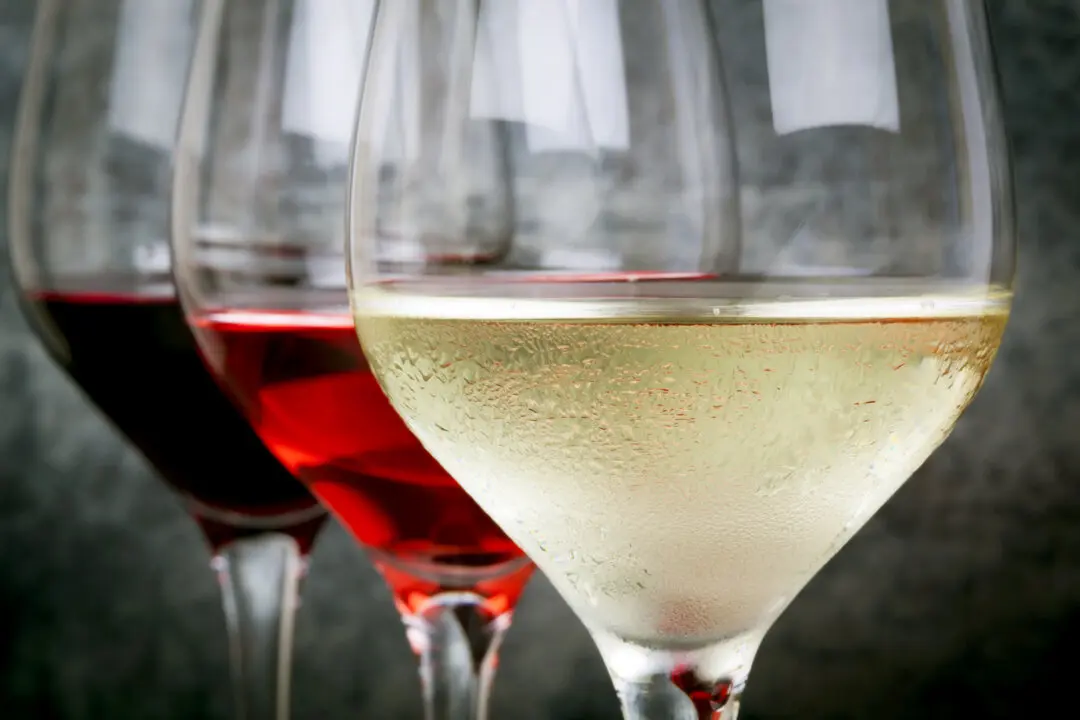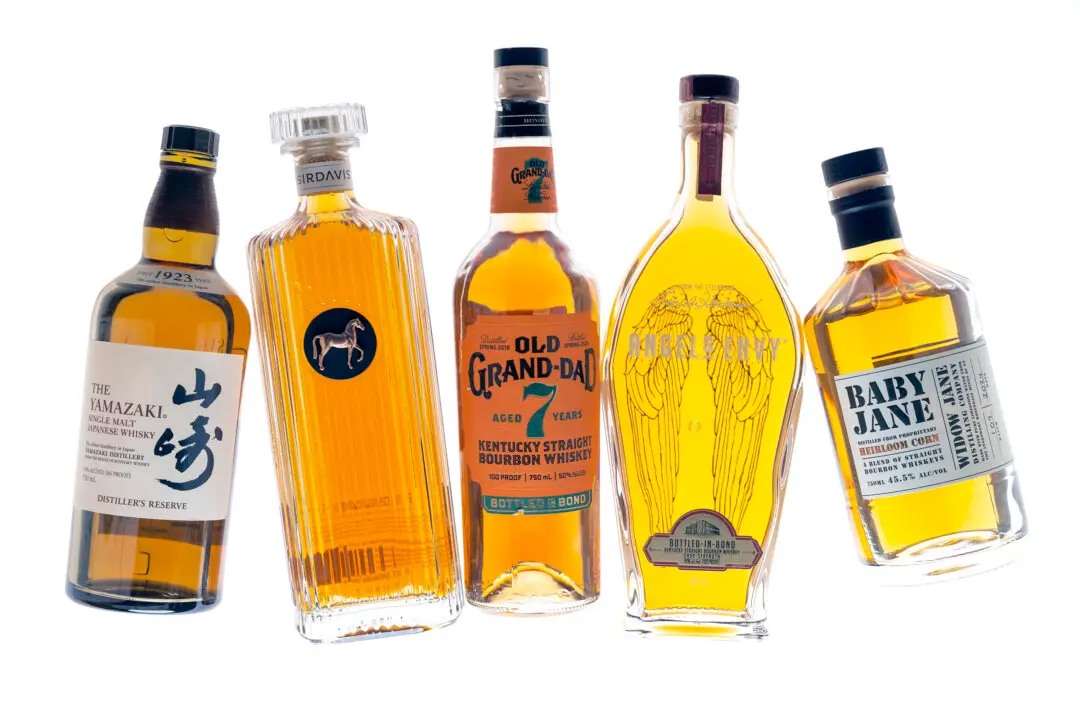By Jenn Harris
From Los Angeles Times
Bangkok is a city that feels in constant motion, with an energy that shifts from one block to the next. Skyscrapers soar in towers of mirrored glass and razor-sharp metal. Temples glisten in the sun and glow in the dark. Night markets boast fried, steamed, grilled, frozen and sauteed delights on a stick, in a cone or on straw platters as large as your table. Streets are lined with vendors pushing noodles, grilled meats and plastic-wrapped citrus painstakingly stripped of all trace of peel, pith and membrane. Motorbikes zigzag between three-wheeled tuk-tuks. The traffic makes rush hour in Los Angeles seem like the autobahn.






